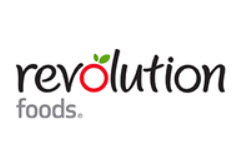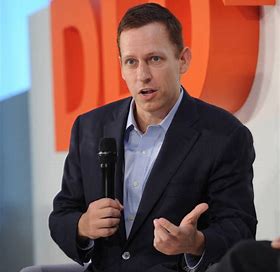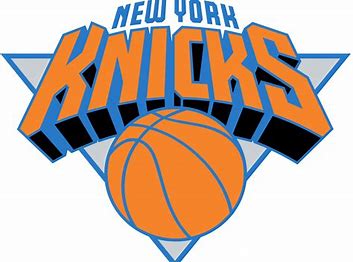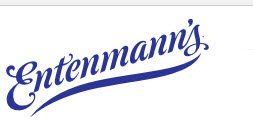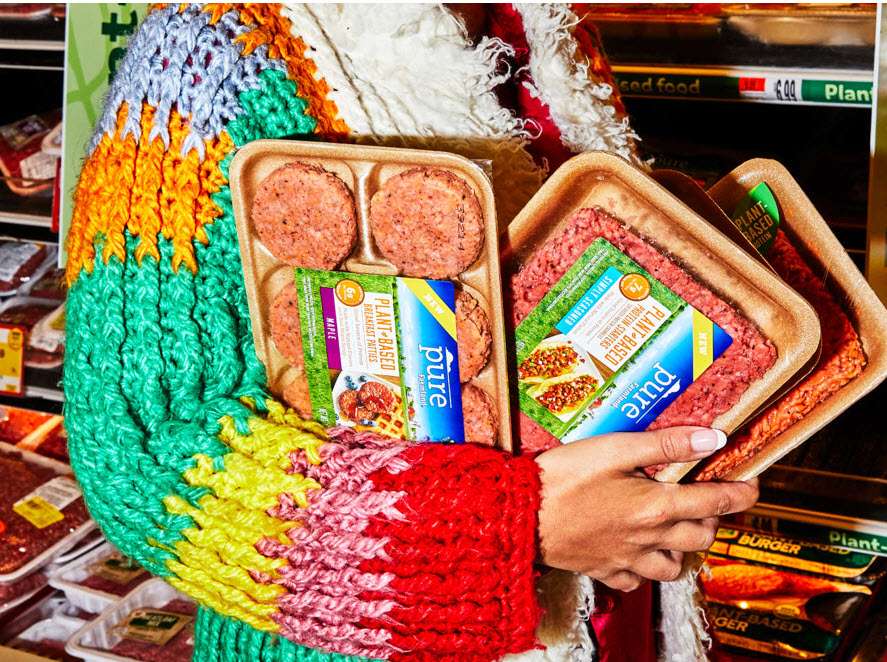Good News For Kids. A Food Revolution.
A former business acquaintance of mine recently joined a company called Revolution Foods. With a company name like that (brand) how could I not look it up. Thanks for the heads up LinkedIn. Above the fold on the website appears the following Is-Does:
Building lifelong healthy eaters with kid-inspired, chef-crafted™ food.
For newish companies, or companies with not a lot of brand awareness putting your Is-Does above the fold is smart. (This above the fold real estate is something I look at when using brand planning tool, Brand Strategy Tarot Cards.)
I’ve done a good deal of work in K12 education and it is truly some of the most important brand categories I’ve studied. Teaching kids how to learn better is foundational, offering life changing result. As I’ve said before there is no bad learning, only bad teaching. A small but impactful subset of proper K12 education is nutrition. The more we teach kids about proper and healthy eating, the more Greta Thunbergs we’ll turn out. Revolution Foods is banking on this approach. If they do it well, the company will help change the world.
It won’t be easy. But it’s definitely doable. In the 60s and before it didn’t take the greatest minds in marketing to sell sugary snacks. But there were some really smart people doing it. Santa Claus was co-opted by Coca-Cola in the ‘30s and altered consumption, let’s not forget. Teaching kids to eat green beans will be hard. But it’s not fly to the moon hard.
I commend Revolution Foods and will study them moving forward. This is a company worth everyone’s time. A real game changer.
Peace.


